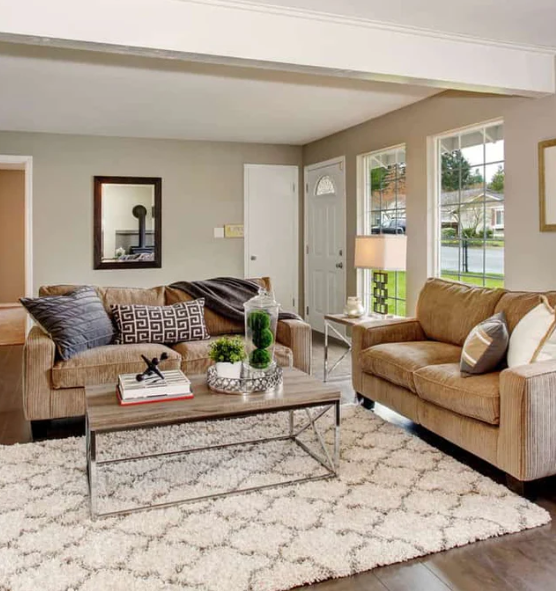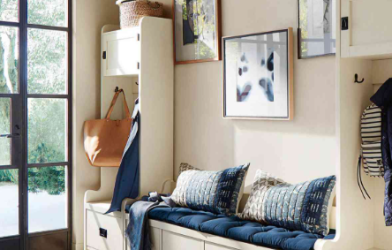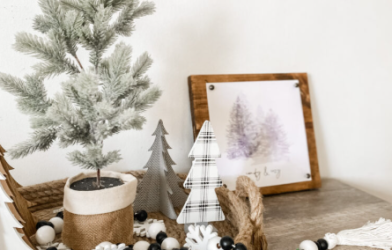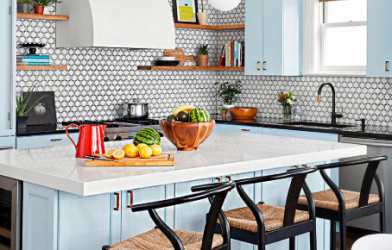Subtotal $0.00
Selecting the right rug for your space may seem overwhelming, but it’s a fantastic chance to add warmth, color, and texture to any room. A rug can dramatically influence the feel of your space, whether it’s a busy living room, a serene bedroom, or a functional home office. In this guide, I’ll take you through the essential steps to confidently choose the best rug for your home.
Step 1: Finding the Right Rug Size
The first thing to consider when selecting a rug is the size. Choosing the appropriate rug size is critical in ensuring that your room feels balanced and cohesive. A common mistake many make is opting for a rug that’s too small. While this might seem like an economical choice, it can disrupt the flow of the room and make your furniture appear disconnected.
In the living room, for example, ensure that the rug extends at least 6–12 inches beyond the sides of your sofa. For larger rooms, try to position the rug beneath all major furniture pieces to anchor the seating area. In bedrooms, position the rug under the bed and extend it to cover the foot and sides of the bed. For open-concept spaces, a larger rug can visually divide different zones, such as separating the living area from a workspace.
A helpful trick before making a purchase is using painter’s tape to outline the desired rug size on your floor. This will give you a sense of the space and ensure the dimensions are a good fit.
Step 2: Choosing the Right Material for Each Room
Different rooms have different needs, and the material of your rug plays a crucial role in durability, comfort, and upkeep.
- High-Traffic Areas: For entryways, kitchens, and hallways where dirt and wear are common, choose a low-pile rug or a flatweave rug made from durable synthetic materials like nylon or polyester. These are easy to clean and resistant to stains, making them perfect for homes with children or pets.
- Cozy Spaces: For rooms like bedrooms or nurseries where comfort is key, opt for a high-pile rug or a shaggy style. These rugs offer extra softness and warmth but ensure that you add a quality rug pad beneath for additional comfort and safety.
- Living Areas: Wool rugs are an excellent option for living rooms due to their natural resistance to stains, water, and dirt. They also provide insulation, trap dust, and allergens, which is great for air quality. If wool is outside your budget, consider synthetic alternatives such as SmartStrand or recycled polyester.
Step 3: Picking the Right Color and Pattern
When choosing a rug color, take a look around your room. Consider the colors of your walls, furniture, and accessories, and pick a rug that complements these elements.
- Neutral Rugs: If you have bold patterns or vibrant colors elsewhere in the room, neutral-colored rugs in shades like beige or ivory can help balance the look without competing for attention.
- Dark vs. Light Rugs: Dark rugs can bring warmth and a cozy feel to a room, especially when placed in spaces with light walls. On the other hand, light rugs can make a room feel brighter, though they may show stains more easily.
- Patterns: If you love bold designs, consider adding a geometric pattern for a modern look or floral patterns for a traditional vibe. To avoid overwhelming the space, balance patterned rugs with solid-colored furniture or vice versa. If you’re feeling adventurous, layering rugs with complementary textures and colors can add a unique touch.
Step 4: Rug Shape and Room Layout
The shape of your rug should enhance the layout of your room. Most rooms have right angles, making rectangular rugs the most common choice. However, alternative shapes can make a striking impact.
- Round Rugs: These are great for areas with circular furniture arrangements, such as under a round dining table or in a curved entryway. Round rugs can soften the space and draw attention to the center.
- Runners: Long and narrow, runners are perfect for hallways, beside beds, or in kitchens. They guide the flow of traffic and add visual interest to otherwise narrow spaces.
- Irregular Rugs: For more eclectic styles, try using an irregularly shaped rug or layering vintage rugs to create a more dynamic and textured floor area.
Step 5: Don’t Forget the Rug Pad
A rug pad is a simple yet essential accessory that can protect your rug and enhance its longevity. It helps prevent the rug from slipping, especially in homes with children or pets, and it adds an extra layer of comfort underfoot. Rug pads also minimize friction, which reduces shedding and wear over time.
Make sure your rug pad is slightly smaller than the rug itself to ensure it stays hidden but provides the necessary support.
Step 6: Personal Preference Matters
At the end of the day, the best rug is the one that resonates with you and enhances the overall atmosphere of the room. Maybe you want a neutral, understated rug to create a calm, serene space, or perhaps you prefer bold, vibrant patterns to make a statement.
Think about the feeling you want to evoke in your space. Choose a rug that you’ll love for years, rather than something that’s just trendy. This is your opportunity to express your personality through color, texture, and material.
Step 7: Room-Specific Rug Placement
The way you place your rug can completely transform a room. Here’s how to position rugs in different areas of your home:
- Living Room: Aim to place the rug beneath the front legs of your sofa and chairs, or if the rug is large enough, underneath all your furniture. Ensure there’s at least 12–18 inches of walking space around the coffee table for a polished look.
- Dining Room: Rugs in dining areas should extend 24 inches beyond the table on all sides. This allows chairs to move freely without getting caught on the rug edges.
- Bedroom: In bedrooms, position the rug horizontally under the lower two-thirds of the bed, extending beyond the foot and sides for a balanced look.
- Entryways and Hallways: Use long runners to guide traffic and create a welcoming path through your home. In an entryway, place the rug under lighting or between doors to set the tone for the rest of the home.
- Home Office: Choose a rug that’s large enough to accommodate both your desk and chair, allowing for smooth movement without the rug catching.
Step 8: The Case for High-Quality Rugs
While affordable rugs are readily available, investing in high-quality pieces can save you money over time. Wool rugs, for example, are naturally stain-resistant, durable, and easy to maintain, making them a smart investment. They also offer health benefits, such as being hypoallergenic and sustainable.
Step 9: Styling with Layered Rugs
Layering rugs is a popular technique to add depth, texture, and visual interest to a room. It’s a great option for working with vintage pieces or smaller budgets. Start with a neutral rug as the base, then layer a smaller, patterned rug on top to bring in color and texture. The key is to ensure that the rugs share a cohesive color palette to avoid clashing.
Step 10: Common Mistakes to Avoid
- Choosing a Rug That’s Too Small: A rug that’s too small for the space can make the room look unbalanced and disconnected. Always size up.
- Skipping the Rug Pad: A rug pad is essential for both comfort and protection.
- Not Considering the Layout: Ensure that the rug fits well with your furniture and traffic flow.
- Prioritizing Price Over Quality: While budget is important, don’t compromise on durability. Quality rugs offer long-term value.
By keeping these tips in mind, you’ll be able to select the perfect rug that not only complements your home’s decor but also stands the test of time.












